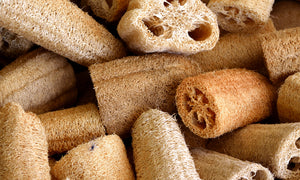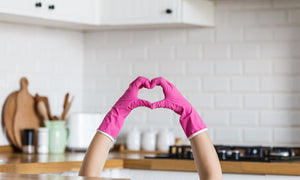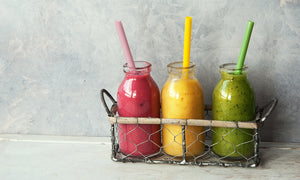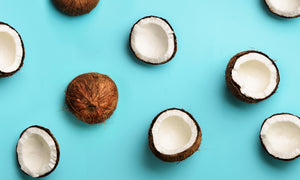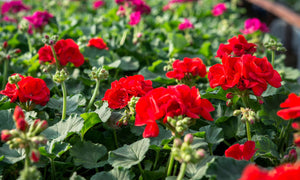How Green is Your Tea?
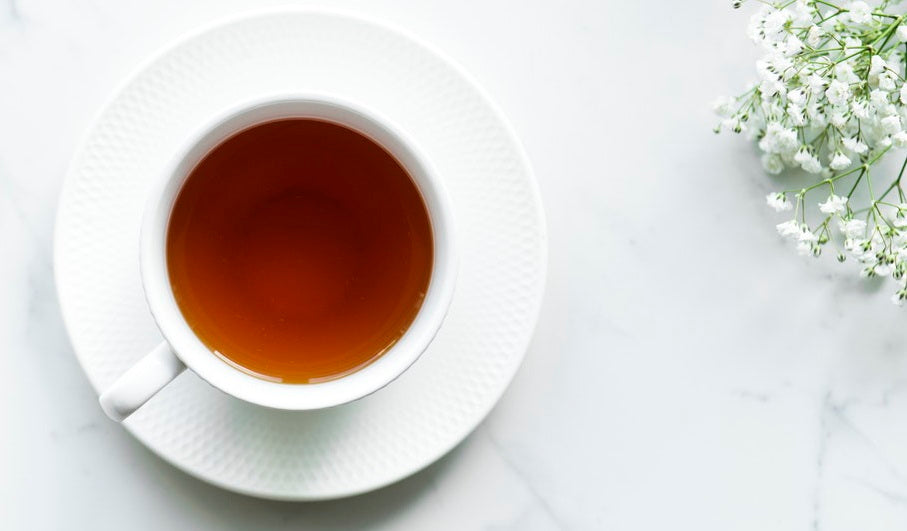
Most of us enjoy a nice warm cup of tea - it’s so wonderfully English and can make even the worst day seem not so bad after all. However, would you be enjoying your cuppa quite so much if you knew that it was likely to contain plastic?
The grim truth is that many of the mainstream teabags available in our supermarkets contain a plastic called polypropylene, which is used to heat-seal the paper teabag during manufacturing, so it doesn’t come apart in your cup. Not only does this mean that plastic is contaminating your tea, it also means that these teabags aren’t 100% biodegradable, so when composted, they will be leaving behind tiny traces of plastic in the soil.
So, how can we make the perfect cup of plastic-free tea?
Well it’s important to mention that many of the mainstream tea brands are trying to rectify this situation, by sourcing teabags made from 100% plant-based paper. As an alternative to polypropylene, some are opting for a bioplastic called Soilon, which is made from a by-product of corn starch. However, these are still not suitable for home composting as Soilon requires high temperatures to decompose. Also, bioplastics made from corn can often come from GM crops – another unpleasant thought!
For taste, we think nothing beats a premium organic loose-leaf tea. Any tea lover can taste the difference between loose leaf and teabags and the main reason for this is the quality of the leaves. Leaves in teabags are usually from broken parts of leaves, which have lost most of the essential oils and aroma. In addition to the obvious taste benefits, loose-leaf also negates the need for any form of teabag, therefore creating the perfect plastic-free cuppa.
How to brew loose-leaf tea
- Fill your kettle with fresh, filtered water and heat to a rolling boil – unless you're making loose leaf green tea or white tea. In that case, stop short of boiling to avoid “cooking” the delicate leaves.
- As with water temperature, different kinds of tea need to brew for different lengths of time. Generally, delicate teas such as green tea need to be brewed for shorter
times, while heartier black teas benefit from longer infusions. Of course, the duration of the infusion varies with personal preference. - Pour hot water into your teapot and teacups and pour off. By warming the cups in this way, the water temperature will be more consistent.
- Follow the packet instructions to work out how may teaspoons of tea leaves to use per person and add them to your teapot or infuser.
- Allow water to cool to the proper temperature, if necessary, and pour over the tea leaves.
- Steep for the recommended length of time.
- Using a tea strainer to catch any leaves, pour into your favourite mug, sit back and enjoy.
Handy Tip:
If you find that tea stains build up in your favourite mug or cup, this can spoil your experience of the perfect cuppa. If, like us, you prefer not to use an aggressive conventional dishwasher product to tackle these stains, then there is a simple alternative.
Fill your mug or cup with warm water and a drop of natural washing-up liquid like ECOS Dishmate, and leave for 5 minutes to loosen the stain. Then simply insert the LoofCo Washing-Up Brush into the cup and twist it round in a circular motion to remove the stain and thoroughly clean inside your cup. Rinse and enjoy!
We designed the LoofCo Washing-Up Brush to be the perfect size for this. No more embarrassing stained cups when you have friends or family coming round for tea!
- Claire Price

